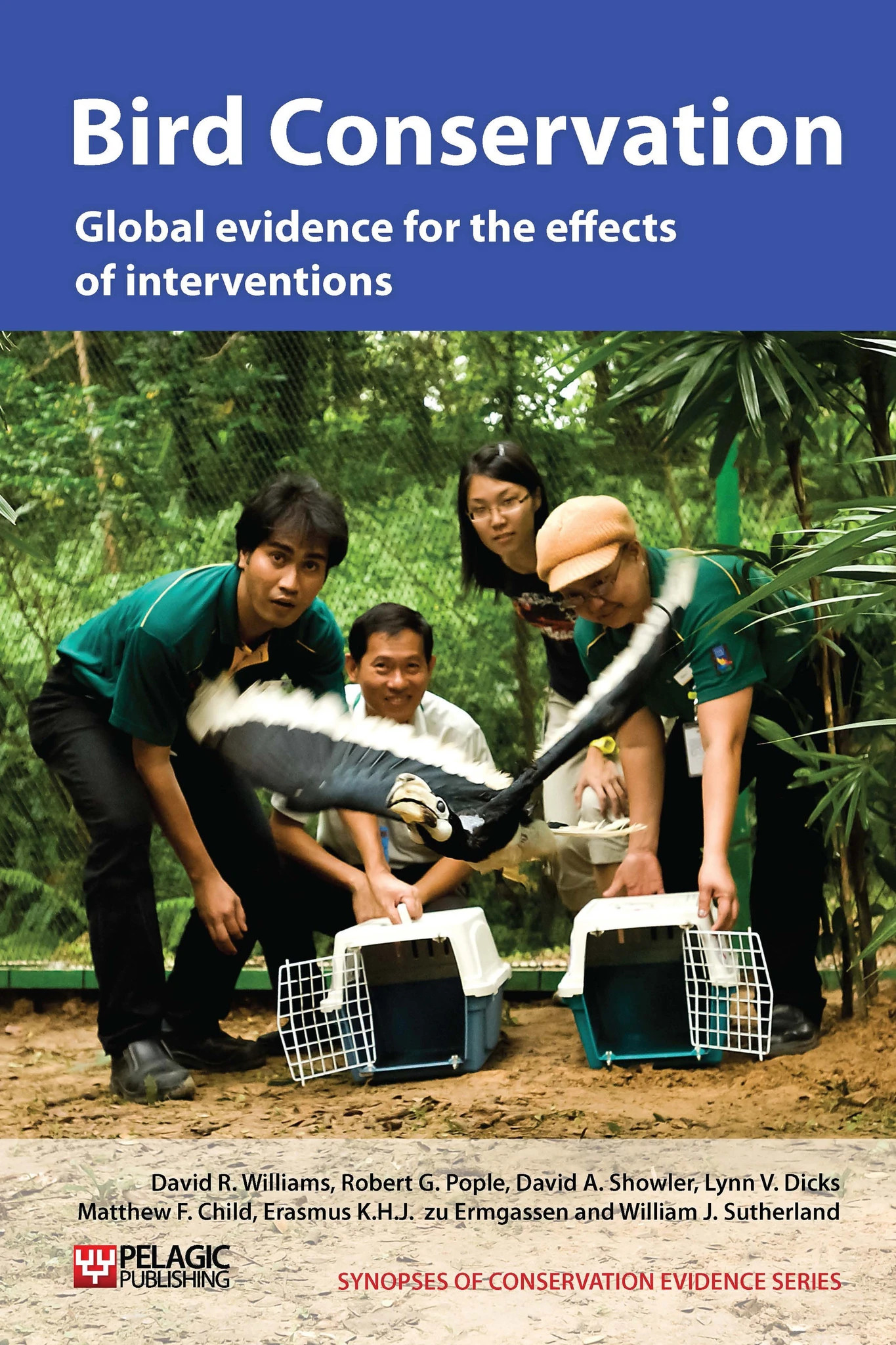Translocate owls
-
Overall effectiveness category Unknown effectiveness (limited evidence)
-
Number of studies: 2
View assessment score
Hide assessment score
How is the evidence assessed?
-
Effectiveness
20% -
Certainty
19% -
Harms
0%
Study locations
Supporting evidence from individual studies
A study on Norfolk Island, Australia (Olsen 1996), found that the last remaining Norfolk Island boobook Ninox novaeseelandiae undulata (a female) paired with one of two male boobooks N. n. novaeseelandiae introduced from New Zealand in 1987 (the other disappeared shortly after release). The pair attempted unsuccessfully to breed in 1988 and 1991-3 but succeeded in 1989 and 1990, and fledged a total of four young. Two of these subsequently bred successfully themselves in 1993 and 1994, increasing the population to eleven birds, all alive in 1995.
Study and other actions testedA replicated study reviewing a reintroduction programme in Minnesota, USA (Martell et al. 2001), found that only eight of 105 (8%) burrowing owl Athene cunicularia juveniles translocated from South Dakota to Minnesota in 1986-90 were confirmed mortalities, with all other birds seen well past fledging age. However, no birds were seen after leaving the vicinity of the release site and no successful breeding attempts were recorded between 1992 and 1998. Birds were released at prairie sites in the species’ former range using ‘hacking pens’ (see ‘Release captive-bred individuals into the wild to restore or augment wild populations’) and were fed for 33 days after release. In addition, artificial burrows were used to reduce predation chances and adult owls used as ‘parental models’.
Study and other actions tested
Where has this evidence come from?
List of journals searched by synopsis
All the journals searched for all synopses
This Action forms part of the Action Synopsis:
Bird Conservation
Bird Conservation - Published 2013
Bird Synopsis





)_2023.JPG)














